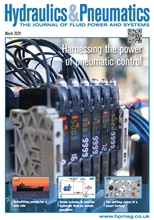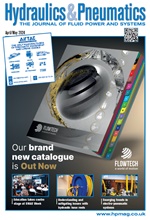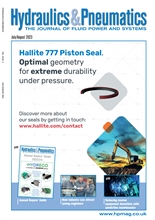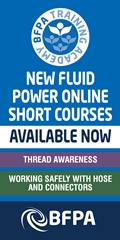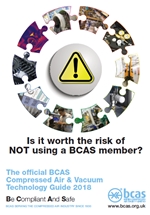- Home » Editorial » Hydraulics
How can optimisation of steel for piston rods improve the economics of hydraulic cylinders?
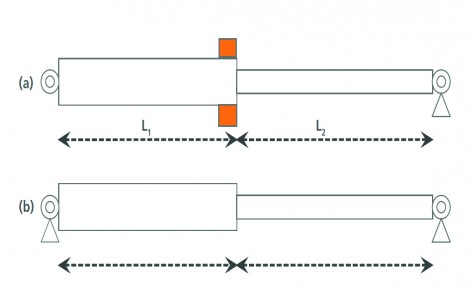
Mattias Awad, head of marketing and technology, OVAKO Cromax AB, explains how manufacturing piston rods from higher-strength steel can enable them to be downsized, reducing weight and costs while maintaining the required margin of safety against failure.
The forces in piston rods can be push (compression) or pull (tension). These forces are to a large degree axial and uniformly distributed over the rod section. In single-acting cylinders, the piston rod is usually loaded in push-only (compression) mode so fatigue is not an issue. In this case, the rod is dimensioned so that its axial stress remains below a level that will give rise to buckling. This is a sudden, large and unstable lateral deflection associated with only a small increase in compressive load above a critical level – the buckling load. The corresponding stress can be far less than the yield strength of the rod material. Once it occurs, buckling leads to instability and collapse of the piston rod. Hence, it is potentially a highly dangerous failure mode which can be the cause of serious accidents.
Piston rods in double-acting cylinders experience alternating compression-tension loads. So, in addition to a buckling risk on the compression part of the load cycle, the cylinder designer must also give consideration to the possibility for fatigue. Apart from the mechanical properties of the steel, other important factors related to the fatigue strength of piston rods are surface finish, stress concentrations and, for welded rods, weld quality.
Effective piston rod length
In terms of its tendency to buckle when loaded, the effective length of a piston rod depends on the cylinder mountings. If the cylinder is supported at the gland (Fig. 1 a) then the effective rod length can be approximated as the stroke. However, a very common arrangement is that the cylinder is mounted via pin and eye joints at the end of the rod and the bottom of the tube (Fig. 1 b). For this type of mounting, many designs are based on the standpoint that the effective length is (L1+L2). This is too conservative and results in an over-dimensioned piston rod.
Calculations for a range of dimensions and lengths for both piston rod and tube indicate that the effective piston-rod length for end mounting is about 1.6 times the actual length. This estimate furnishes a reasonably accurate and conservative evaluation of the buckling strength.
Optimised steel offers the possibility to downsize piston rods
Cromax 180X is a hard-chrome-plated bar based upon a medium-carbon micro-alloyed steel. Judicious control of minor alloy additions and optimised processing confer high strength to the base steel. The minimum yield strength of Cromax 180X is 500 MPa which can be compared with 305 MPa for grade C45E, a common steel selection for piston-rod applications. For Cromax 180X, this high level of yield strength is guaranteed in the finished, i.e. chrome-plated, condition.
-
Smart Manufacturing & Engineering Week
05 - 06 June, 2024
NEC, Birmingham -
HILLHEAD 2024
25 June, 2024, 9:00 - 27 June, 2024, 16:00
Hillhead Quarry, Buxton, Derbyshire UK



